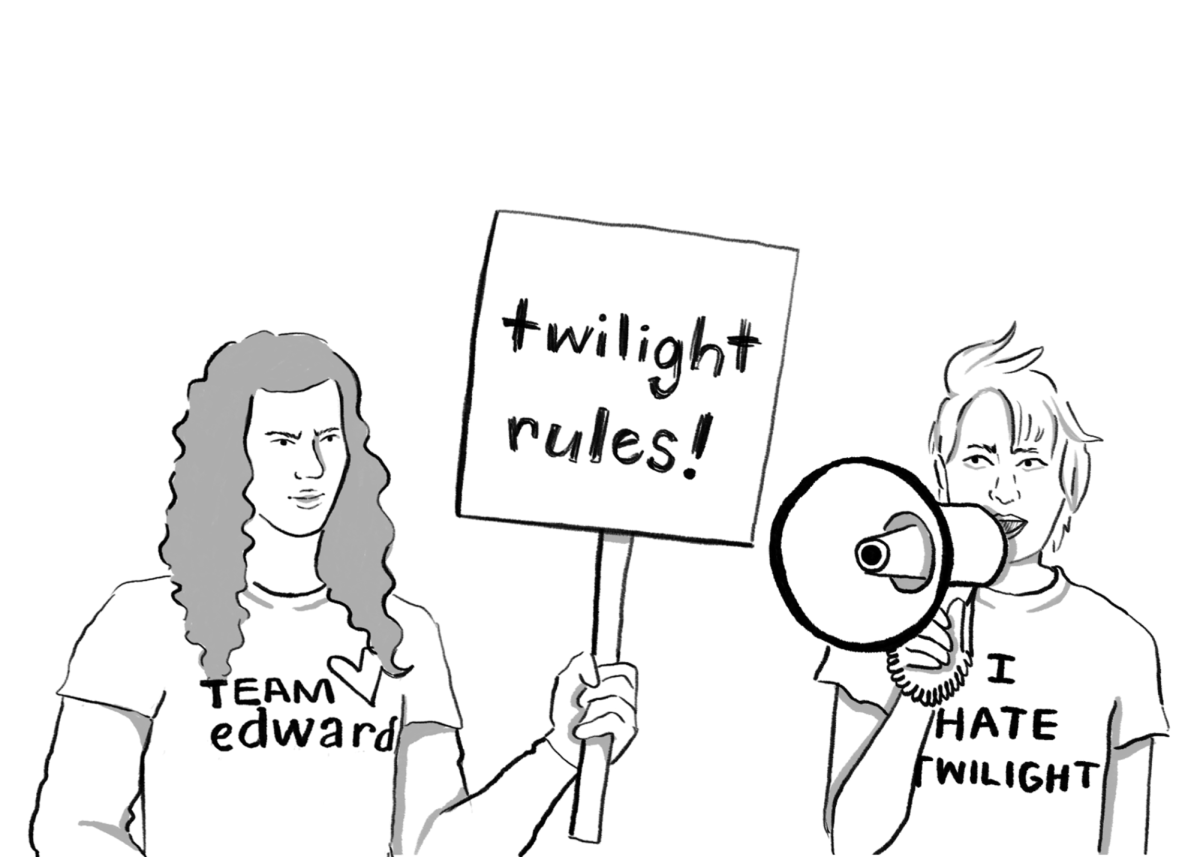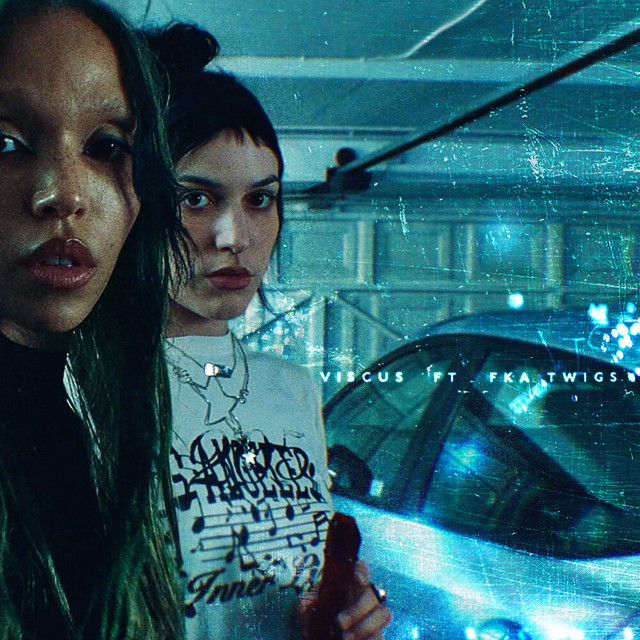Lady Gaga is bringing forth the grand return of recession pop. Her latest single “Abracadabra” reached 224 million listens on Spotify only a month after its release in February. With the overwhelming love that this song received, I was excited to find out how the highly anticipated Gaga comeback would land.
Growing up during the peak of Lady Gaga’s fame, I watched my cousins throw parties every weekend with her hits like “Just Dance” and “Poker Face” at the center. In 2025, point of view and storytelling in her music has shifted from what I remember in the early 2000s. Music is how artists decorate history; during the economic downturn of 2008, people coped with the upbeat recession pop hits of the time. To bring back this genre 15 years later raised some questions: Is this just her style? Or is Gaga trying to speak on where she is now in life by calling back to a time and sound that people know her best for?
Upon my first listen, “Mayhem” blew me out of the water. I was thrown back to the 2010s, with a refreshing production style, new perspective on Gaga’s growth, and, most notably, masterfully crafted lyrics that show off the storytelling at the root of her artistic identity.
For any album I am eager to listen to, I usually do a “vibe check” of each song and skim through to see which tracks I like the most. On “Mayhem,” this routine led to complete obsession with almost every song. As a whole, the project carries motifs of lust, creative expression, and, in a handful of cases, loss — all of which describe Gaga’s journey with mental health and self-discovery throughout her career. This new wave of personal growth that Gaga exudes through “Mayhem” candidly chronicles her journey from her mid-20s to the present as she nears 40, depicting themes of personal struggle prevalent at the height of her fame. This album is written like a letter to her best friends, catching them up on how she got from one point to the next on the road to self-love and assurance over the past decade.
On “Disease,” the first track on the album, Gaga describes her struggle with self-love at the start of her career, comparing it to a relationship entirely based on lust and desire. The lyrics “Screaming for me baby / Poison on the inside / I could be your antidote tonight” represent a repeating theme of desire to stand out among other artists — the antidote to her struggles. Similar to Gaga’s earlier tracks like “Heavy Metal Lover” or “Government Hooker,” “Disease” describes her chase for an identity as a new pop star, using human relationships to conceptualize her relationship with fame. By paralleling her battle with mental health issues to a lustful relationship in “Disease” — and in the track “LoveDrug” — she conveys her immense desire to create a unique identity and leave a lasting mark on the music world.
The song “Shadow of a Man” describes what it was like being a woman making her way in the music industry through lyrics like, “Watch me, I swear / I’ll dance in the shadow of a man.” She calls attention to how most female pop stars are asked shallow questions about their bodies or dating lives, whereas male musicians are often asked about their musical process and art.
“Shadow of a Man” touches on the critics who thought her style and unique expression were off-putting for a woman. By doing things that were seen as “out of the norm,” like wearing a meat dress to the MTV Music Awards in 2010, she curated an identity completely different from any other musician. Such bold decisions of her have always served as a powerful move that encourages me to express myself and dress however I want.
As the album progresses, the listener learns more about Gaga’s story as she enters adulthood. Early in her career, her music focused on themes of confidence in one’s true identity, sexuality, and self-expression, which made a huge impact on LGBTQ+ communities.
In “Mayhem,” she defines “Lady Gaga” as a music figure — who was she? Who is she now? Between Gaga’s 2011 album “Born This Way” and her 2025 “Mayhem,” which are similar in sound and style, there is a drastic shift in point of view. Gaga’s songs off of the former album leaned into the third-person perspective, describing herself as “she” rather than “me” or “I.” “Zombieboy” is a perfect example of this shift in perspective and represents how Gaga has evolved into the person she has always wanted to be. Bringing in disco-pop full force, akin to one of my all-time favorites “Disco Heaven,” I was physically incapable of not listening to this song at least once a day for a few weeks. As I listened to it, I sensed the profound self-assurance echoing from her voice.
Singing from the outside, Gaga motivates herself to be more confident in the limelight, telling herself, “Throw your head back girly / Do it like those girls in movies.” In “Zombieboy,” the way Gaga writes about herself shifts to radiating the confidence she encouraged everyone else to have from the beginning. She has grown to not only make music that inspires listeners but also to fully internalize and embody those values herself. The lyrics are present and first person: “I can’t see straight but the feeling’s right / I could be your type from your zombie bite.” This new point of view comes across as Gaga now being able to express herself without concerns of what others will think.
“Mayhem” concludes with an elegant ballad called “Die with a Smile,” featuring Bruno Mars, another musician who rose to extreme popularity at the same time as her. Gaga and Mars’ balanced parts in this ethereal duet speaks to Gaga seeing herself on an equal playing field as the men in the music industry.
What I appreciate the most about this album is how it has allowed me to reflect on the personal journey of one of my favorite musicians. “Mayhem’s” style and lyrics — and even the timing of its release — demonstrates the growth and confidence that Gaga has developed over the last 15 years, which has been so pivotal to the messages conveyed in her music and what she represents as a recession pop-star bringing this genre back in 2025.
Rate: 4.5/5










